The motorcycle chopper is an iconic symbol of motorcycle culture. Known for its unique elongated design and custom features, the chopper has a rich history that reflects the evolution of motorcycle trends and the spirit of individuality. From its origins in the post-World War II era to its status as a cultural phenomenon, the chopper has gained a loyal following among enthusiasts. This article will take you through the history of motorcycle chopper, their evolution over the years, the styles that emerged, and how they are perceived today.
The Origins of the Chopper
Post-World War II Era
The chopper’s origins can be traced back to the post-World War II era in the United States. After the war, many returning servicemen sought new forms of expression and adventure. Motorcycles became a symbol of freedom, and some veterans began modifying their bikes to differentiate them from standard models. This practice of customization eventually led to the birth of the chopper.
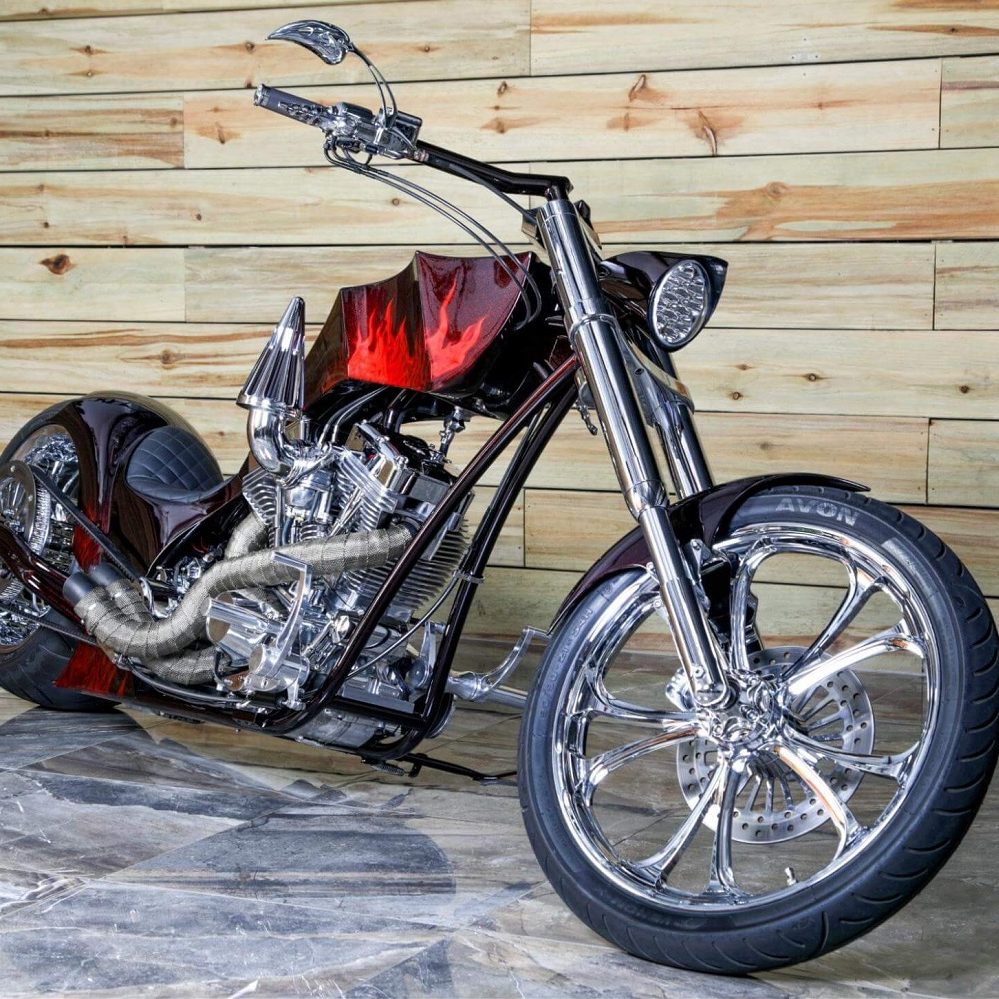
The DIY Movement
The do-it-yourself culture played a significant role in shaping motorcycle chopper. Many riders began to modify their existing motorcycles, stripping them down to the bare essentials. They removed unnecessary components, such as excess bodywork, to create a lighter and more agile ride. This DIY approach encouraged creativity and allowed riders to personalize their machines according to their preferences.
Inspiration from Custom Cars
Chopper builders were also inspired by the custom car culture of the 1950s and 1960s. Just as car enthusiasts modified vehicles to create unique styles, motorcycle builders sought to achieve the same level of individuality with their choppers. These influences helped develop a distinct culture around motorcycle modifications, leading to the rise of unique chopper designs and appearances.
Early Designs and Simple Modifications
The First Choppers
The early choppers featured simple modifications that included extended forks, lower frames, and custom handlebars. Builders aimed for a unique look without compromising the motorcycle’s functionality. The result was a distinctive silhouette that set choppers apart from traditional motorcycles. These first-generation choppers were often created using parts from different bikes, reflecting the creativity of their builders.
Rise in Popularity in the 1960s
During the 1960s, choppers gained popularity due to the burgeoning motorcycle culture. Movies like “Easy Rider” showcased the freedom and adventure associated with chopper riding, encouraging interest in custom-built bikes. The film featured a pair of choppers created by renowned builder Peter Fonda, further solidifying the chopper’s image as a symbol of rebellion and individuality.
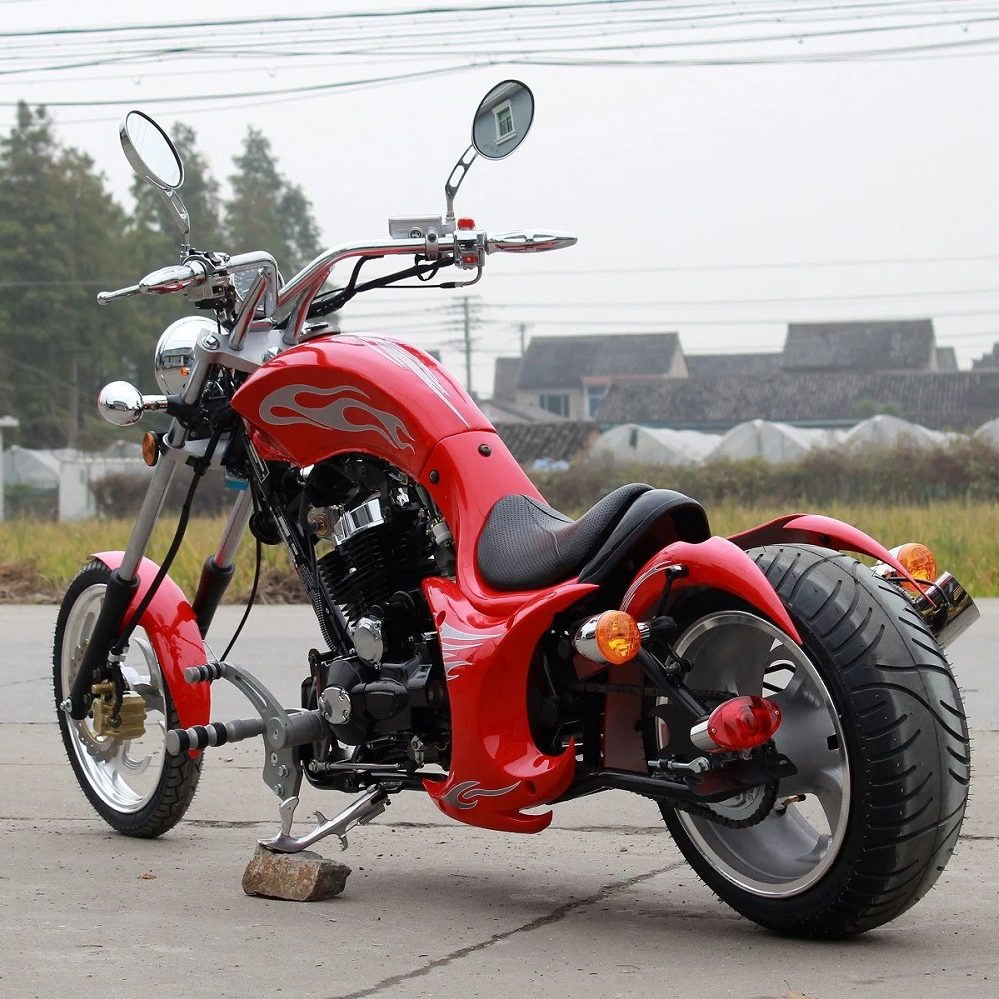
Customization and Specialty Builders
As the demand for choppers grew, so did the number of specialty builders and shops dedicated to creating them. Custom shops began to pop up across the United States, catering to customers eager to create their unique motorcycle designs. These builders pushed the boundaries of what a motorcycle could be, using advanced techniques and custom parts.
The Chopper Craze of the 1970s
Emergence of the Chopper Culture
The 1970s marked the height of the chopper craze. Motorcycle rallies and events became popular, attracting thousands of enthusiasts. Riders showcased their unique builds and competed for recognition. This time period played a significant role in establishing chopper culture as a vital aspect of the broader motorcycle community.
The Influence of Television
Television shows like “Wild Hogs” and the popular series “American Chopper” further fueled the chopper phenomenon. These shows showcased the art of custom building and highlighted the creativity involved in crafting unique motorcycles. Audiences were captivated by the process and the personalities behind the builds, which brought chopper culture to mainstream attention.
The Variety of Styles
As chopper culture grew, so did the variety of styles and designs. Builders experimented with different frame designs, colors, and components. From bobbers—which featured a minimalist design with shortened fenders—to larger, more elaborate choppers, each style catered to different tastes and preferences. The options seemed endless, creating a rich tapestry of chopper designs.
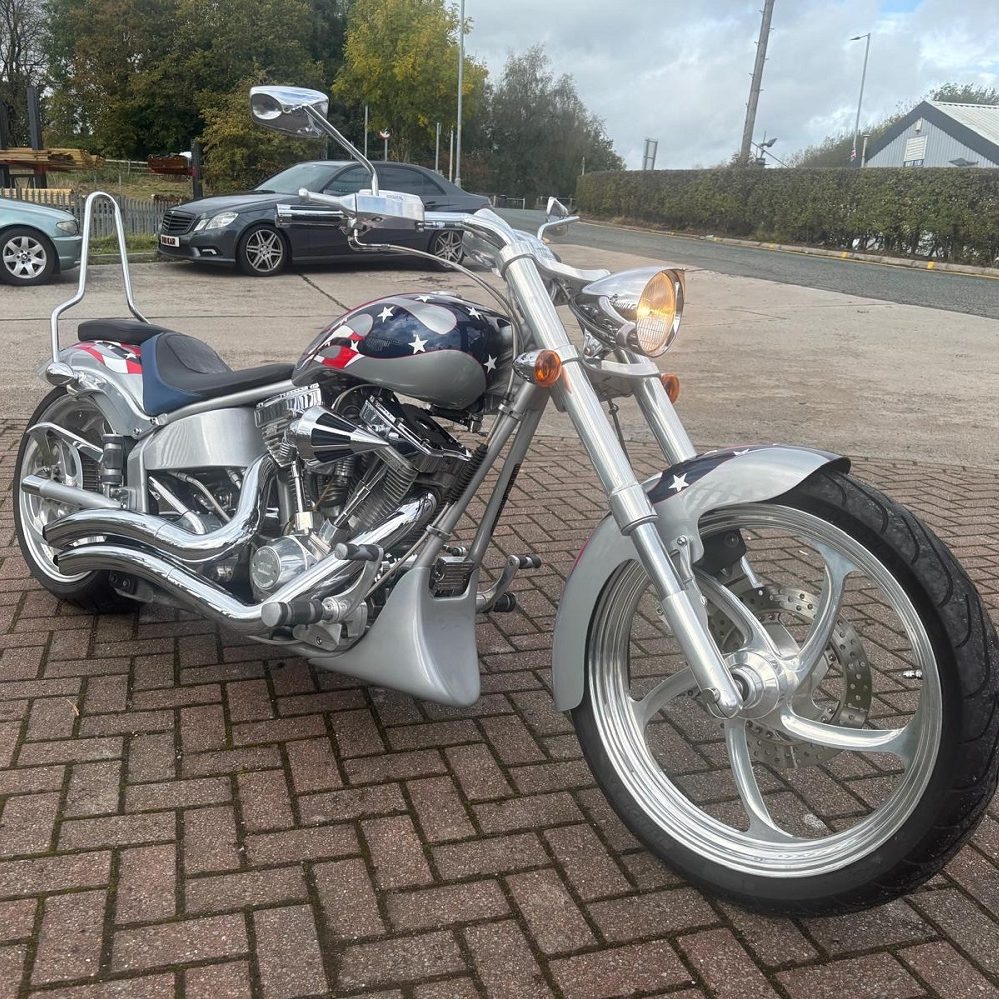
Choppers in the 1980s and 1990s
A Shift in Popularity
By the late 1980s, the popularity of choppers began to wane. The motorcycle industry saw a shift towards cruisers and sport bikes as mainstream styles. Many chopper builders faced challenges due to changing consumer preferences and impending regulations regarding motorcycle modifications. Despite this decline, chopper enthusiasts remained passionate about their bikes, keeping the culture alive at local rallies and events.
The Resurgence of Customization
The 1990s saw a resurgence in the interest in customization. With the rise of the internet, building resources became more accessible. Riders began to connect with builders and share ideas online. This sharing of knowledge contributed to renewed interest in chopper building. The chopper community blossomed once more, fostering a spirit of creativity and collaboration.
Iconic Builds and Builders
The 1990s also introduced iconic custom builds and renowned builders to the scene. Names like Jesse James and Billy Lane became prominent figures, gaining recognition for their unique designs. Their work was often seen as pushing the boundaries of motorcycle artistry, appealing to a generation that valued individual expression.
The Modern Chopper Movement
Contemporary Chopper Designs
Today, the chopper movement is enjoying a revival. Many modern builders incorporate advanced technologies and high-quality materials into their designs. Contemporary choppers can feature features such as fuel injection, custom electronics, and lighter frames, allowing for improved performance. Despite technological enhancements, the core appeal of the chopper remains—the artistic expression of individuality.
Festivals and Celebrations
Modern motorcycle festivals and events frequently feature chopper showcases, celebrating the artistry and craftsmanship involved in custom builds. Events like Sturgis Motorcycle Rally and Born-Free Motorcycle Show bring together builders and enthusiasts from around the world. These gatherings provide a platform for sharing ideas and showcasing the latest trends in chopper design.
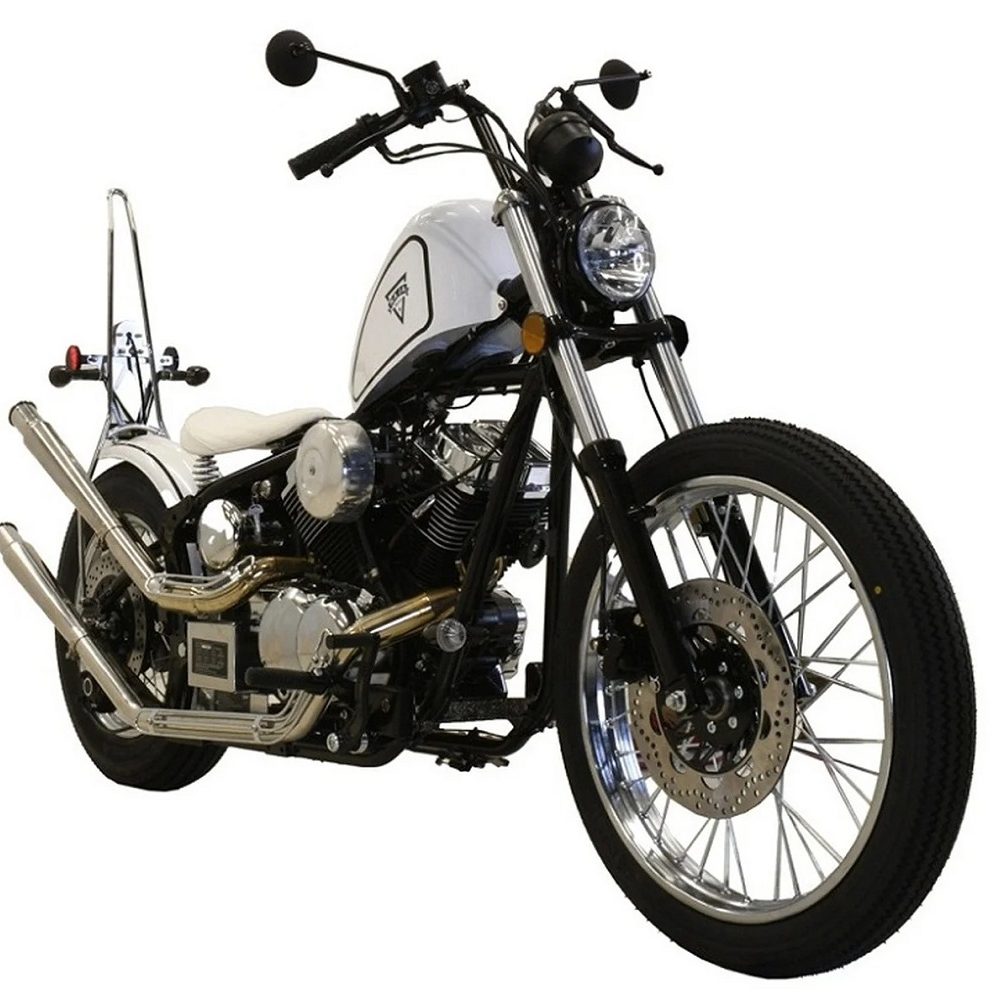
Embracing Vintage Styles
The modern chopper movement often pays homage to vintage styles, combining nostalgia with new technologies. Builders frequently draw inspiration from classic designs, creating modern interpretations of iconic choppers from the past. These hybrids honor the history of choppers while appealing to a new generation of riders who appreciate both tradition and innovation.
Safety Considerations for Riding Choppers
Essential Protective Gear
When riding a chopper, safety should be a primary concern. While choppers are often visually striking, they can compromise rider safety if not equipped correctly. Wear appropriate safety gear, including a DOT-approved helmet, gloves, and protective clothing. High-quality gear enhances your protection during rides and promotes responsible riding behavior.
Regular Maintenance
Maintaining a chopper is crucial for ensuring both performance and safety. Routine checks of brakes, tires, and the engine will prevent potential issues down the road. Because custom builds may incorporate specialty parts, it’s essential to work with knowledgeable mechanics familiar with choppers for reliable service. Regular maintenance helps keep your chopper running smoothly and safely.
Riding Experience Matters
While choppers may be enticing to new riders, they can be more challenging to handle compared to standard motorcycles. It is advisable for novice riders to gain experience on standard motorcycles before transitioning to choppers. Understanding the mechanics of riding and handling different types of bikes is essential for safely navigating the roads on a custom chopper.
The Cultural Significance of Chopper Motorcycles
Symbol of Freedom
Chopper motorcycles are often associated with a sense of freedom and individuality. Riders view choppers as a means of self-expression, showcasing their unique styles and creativity. The culture surrounding choppers embodies the rebellious spirit of motorcycling, appealing to those who value independence and adventure.
Community and Camaraderie
The chopper community fosters a sense of camaraderie among riders. Events and gatherings allow enthusiasts to connect, share experiences, and appreciate the artistry behind custom builds. This community spirit enhances the overall experience of being a motorcycle enthusiast, creating friendships that can last a lifetime.
Connecting Two Generations
Chopper motorcycles have the power to connect generations of riders. Older enthusiasts often share stories of their early riding experiences and how the chopper culture has influenced their lives. Younger riders gain insights from these stories, blending the past with contemporary styles. This generational connection strengthens the bond within the chopper community and keeps traditions alive.
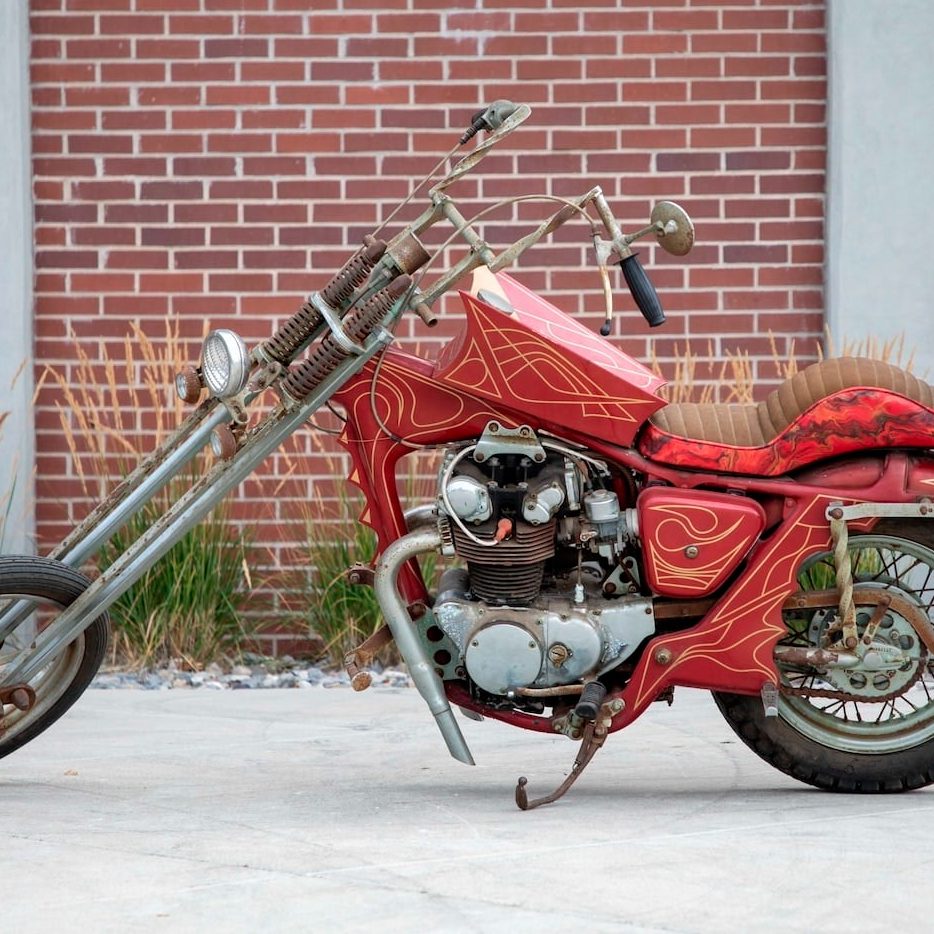
The Future of Chopper Motorcycles
Innovations on the Horizon
As technology continues to advance, expect new innovations in the realm of chopper motorcycles. From electric-powered choppers to improvements in engine efficiency, the future may see significant changes. These developments could attract a new segment of riders who favor eco-friendly options while maintaining the artistry inherent in chopper design.
Continued Popularity of Customization
Customization will likely remain a driving force in the chopper industry. As riders seek individuality, builders will continue to develop creative and unique designs. The trends in customization may evolve, incorporating new materials and components that reflect modern aesthetics while honoring traditional craftsmanship.
A Lasting Legacy
Ultimately, the chopper motorcycle represents a lasting legacy in the world of motorcycling. Its unique aesthetic and cultural significance have firmly established its place in automobile history. As the chopper culture continues evolving, respect for its origins and core principles will ensure its relevance for years to come.
FAQ:
1. What is a motorcycle chopper?
Answer: A motorcycle chopper is a custom-built motorcycle characterized by its extended front fork, unique frame modifications, and often a minimalist design. Choppers are designed for style and individuality, often featuring distinctive paint jobs and custom features, setting them apart from standard motorcycles.
2. Who invented the motorcycle chopper?
Answer: The motorcycle chopper is often attributed to post-World War II American soldiers who returned home and began customizing their bikes. The chopper culture gained significant visibility in the 1960s, particularly through films like “Easy Rider,” which showcased the modified bikes and the lifestyle surrounding them.
3. How has the chopper evolved over the years?
Answer: The chopper has evolved considerably since its inception. Initially, choppers were simple modifications of existing motorcycles, focusing on aesthetics and lightweight design. Over the years, advancements in technology, materials, and engine performance have led to more complex customizations, allowing for greater personalization while still embracing the classic chopper aesthetic.
4. What are the key features of a chopper motorcycle?
Answer: Key features of a chopper motorcycle include an extended front fork, a stretched frame, custom handlebars, and often a minimalistic or stripped-down look. Choppers may also incorporate unique aspects like custom wheels, bespoke seat designs, and elaborate paint jobs, reflecting the owner’s personal style and preferences.
5. Are chopper motorcycles practical for everyday use?
Answer: While chopper motorcycles are highly stylish and a reflection of personal expression, they are generally not considered the most practical for everyday use. Their design focuses more on aesthetics than comfort or functionality, which may result in a less comfortable riding experience compared to standard motorcycles. However, many riders enjoy them for shorter trips or as showpieces rather than daily commuting.
Conclusion: Embrace the Chopper Lifestyle
In conclusion, motorcycle choppers hold a special place in the hearts of riders and enthusiasts alike. With a rich history that spans decades, these custom bikes symbolize freedom, creativity, and the art of craftsmanship. Whether you are a seasoned rider or a curious newcomer, embracing the chopper lifestyle offers endless opportunities for adventure and self-expression.
Celebrate Individuality
Don’t be afraid to celebrate your individuality through motorcycle choppers. Choose or build a motorcycle that resonates with your personality and values. The journey of creating or riding a chopper allows you to explore new possibilities while enjoying the thrill that comes with it.
Get Involved in the Community
Engaging with the chopper community can enhance your experience as a rider. Attend events, connect with others, and participate in discussions. The chopper community is welcoming and offers valuable insights into motorcycle culture. Connecting with fellow enthusiasts creates lifelong friendships and unforgettable experiences.
Adventure Awaits
So, gear up, embrace the open road, and make the most of your motorcycle chopper. By appreciating iconic motorcycle chopper designs through the decades, you can connect with the rich history and culture that these bikes represent. Every ride tells a story, and every turn brings new adventures. The world of chopper motorcycles is waiting for you to explore and enjoy, ensuring that your journey is as unique as the bike you ride.
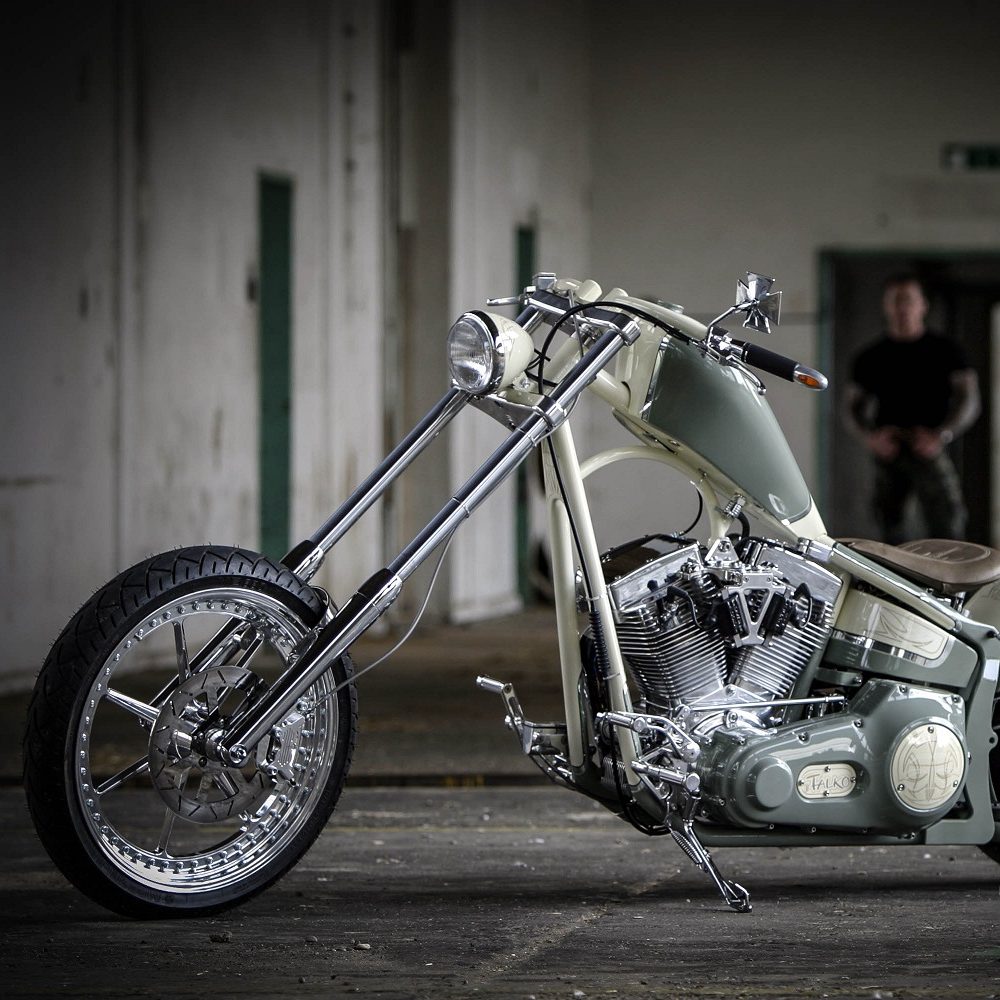
Leave a Reply